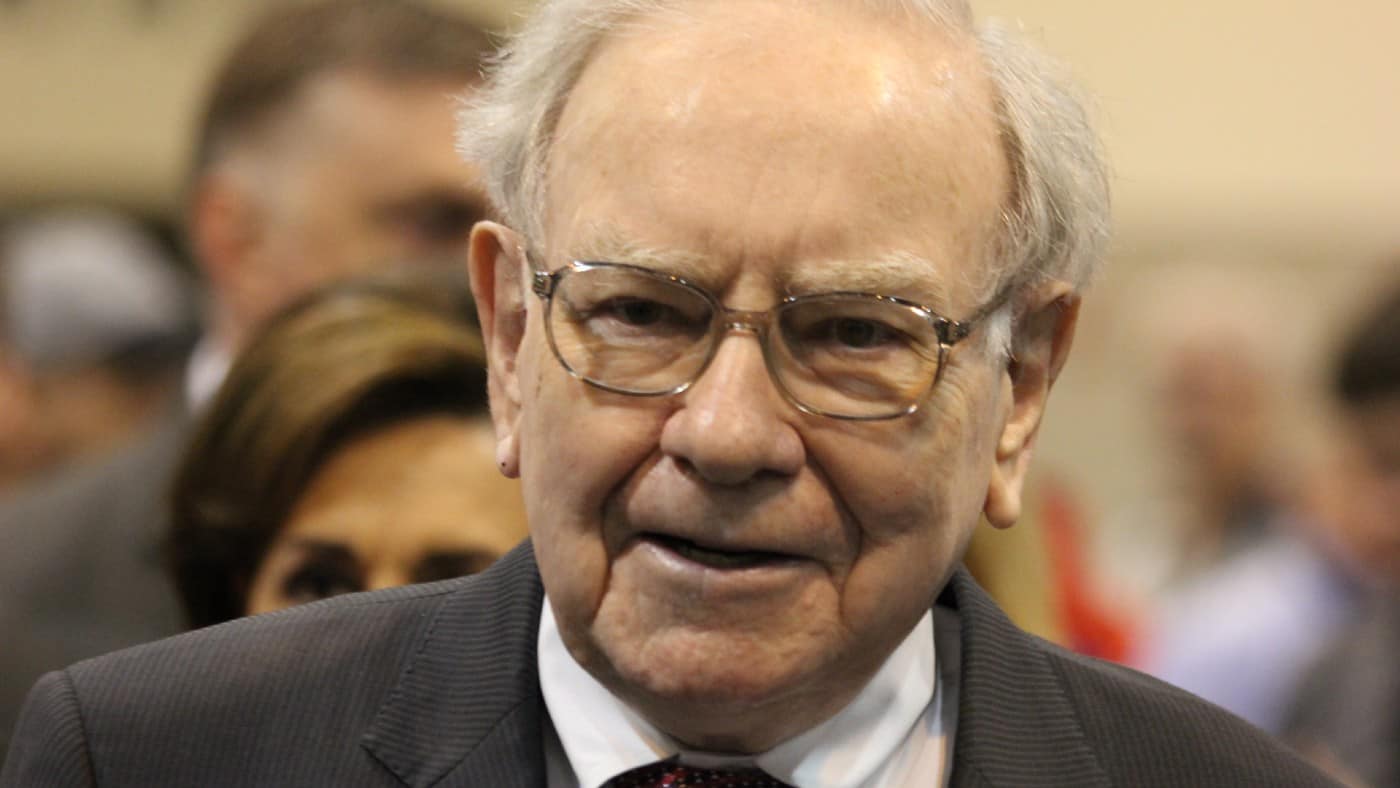A lot of people seem to think about investing in shares but never get around to it. In January they do not have spare money, in February they have forgotten their new year’s resolutions, and so on all the way up to December, when they have other spending priorities. They never start investing.
I already own shares. But if I had been thinking I might invest for the first time and had not made a move yet, could July be a good time to do it?
Cost averaging
Some investors believe that particular months are better than others when it comes to stock market returns. Sayings like “sell in May and go away” are based on the idea that some months have historically shown better share price performance than others.
This approach is basically a form of what is known as market timing. But if it was easy to time the markets, most investors would do it! If I knew that selling my shares in May and buying again in the Autumn was a reliably profitable strategy I would already be using it – along with almost every investment manager in town!
That is why many investors prefer a form of investing known as cost averaging. By drip-feeding in consistent sums of money to their share portfolio regularly, over time the approach aims to remove the impact of short-term market fluctuations on performance.
The time to begin is always now
Following such an approach, I would indeed be happy to start investing in July. But in fairness, the same would be true for any other month of the year. Rather than trying to time the market, I would be looking to find shares in great companies I felt had long-term business potential. It would not bother me if I did not manage to buy such shares at their cheapest price. In some cases, I might not even buy in at anything like their cheapest price. But if the price looked attractive to me given the long-term prospects of the business, it might still prove to be a rewarding investment.
An example of this is billionaire investor Warren Buffett’s investment in Apple. He did not start buying shares in the tech giant until 2016. By then, the Cupertino company’s shares were nowhere near their all-time low. But Buffett reckoned they offered him good value for a company of Apple’s quality. By the time of his shareholder’s letter this year, Buffett had turned a $31bn investment into a holding worth $161bn.
How I would start investing
But sometimes the first move can be the hardest. Buffett has spent decades buying shares.
If I was planning to start investing but had no experience of stocks and shares, it might be tempting for me to keep putting it off.
That is why I would be happy to begin even just on a small scale. I would open a share-dealing account like a Stocks and Shares ISA, put in a modest sum at first, and start hunting for shares to buy that matched my investment strategy and risk profile. Doing that, I think this July could be as good a time as any for me to start investing.








